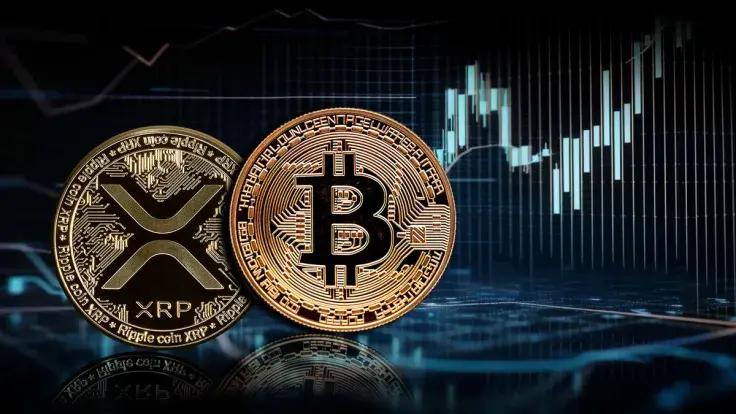
Disclaimer: The opinions expressed by our writers are their own and do not represent the views of U.Today. The financial and market information provided on U.Today is intended for informational purposes only. U.Today is not liable for any financial losses incurred while trading cryptocurrencies. Conduct your own research by contacting financial experts before making any investment decisions. We believe that all content is accurate as of the date of publication, but certain offers mentioned may no longer be available.
XRP, the Ripple-affiliated cryptocurrency, could be on the cusp of a huge squeeze against Bitcoin (BTC).
At press time, the XRP/BTC pair stands at 0.00000968 BTC. So far, it is down 34.5% since the start of the year. However, it has gained 27% since the start of June.
A squeeze typically occurs when an asset experiences a sharp move higher due to a big number of short bets. It's possible that such a scenario could occur once again with XRP and BTC.
It is worth noting that the cryptocurrency experienced a squeeze back in August after Judge Analisa Torres issued the court's much-awaited final judgment in the SEC v. Ripple case. However, XRP failed to maintain its bullish momentum beyond a short-term squeeze. A similar scenario took place last year after the court recognized secondary XRP sales as non-securities.
XRP Ledger's ecosystem hits a new market cap low
In the meantime, the XRP Ledger ecosystem has now reached a new low, according to XPMarket co-founder Artur Kirjakulov. In fact, this is the lowest point since January 2022.
According to Kirjakulov, a shrinking market cap indicates that projects and developers are ditching XRP in favor of other chains. This could reduce innovation and reduce investor confidence. The ecosystem behind the token has failed to capitalize on such trends as decentralized finance (DeFi) and meme coins.
XRP itself remains in seventh place by market value, according to data provided by CoinMarketCap. It is currently valued at $29.6 billion. The cryptocurrency remains far below its peak that was achieved in 2018.
 Dan Burgin
Dan Burgin Vladislav Sopov
Vladislav Sopov U.Today Editorial Team
U.Today Editorial Team